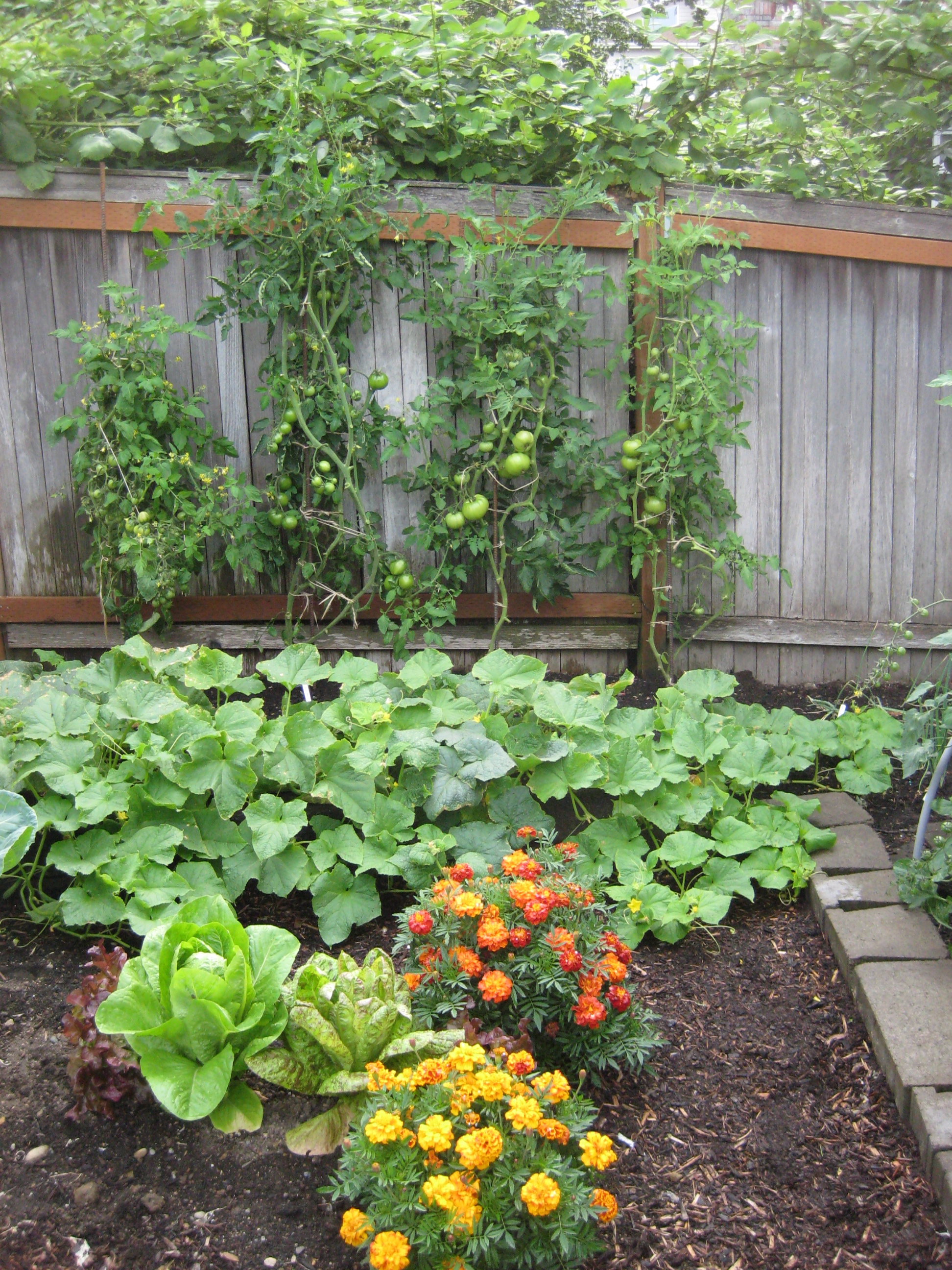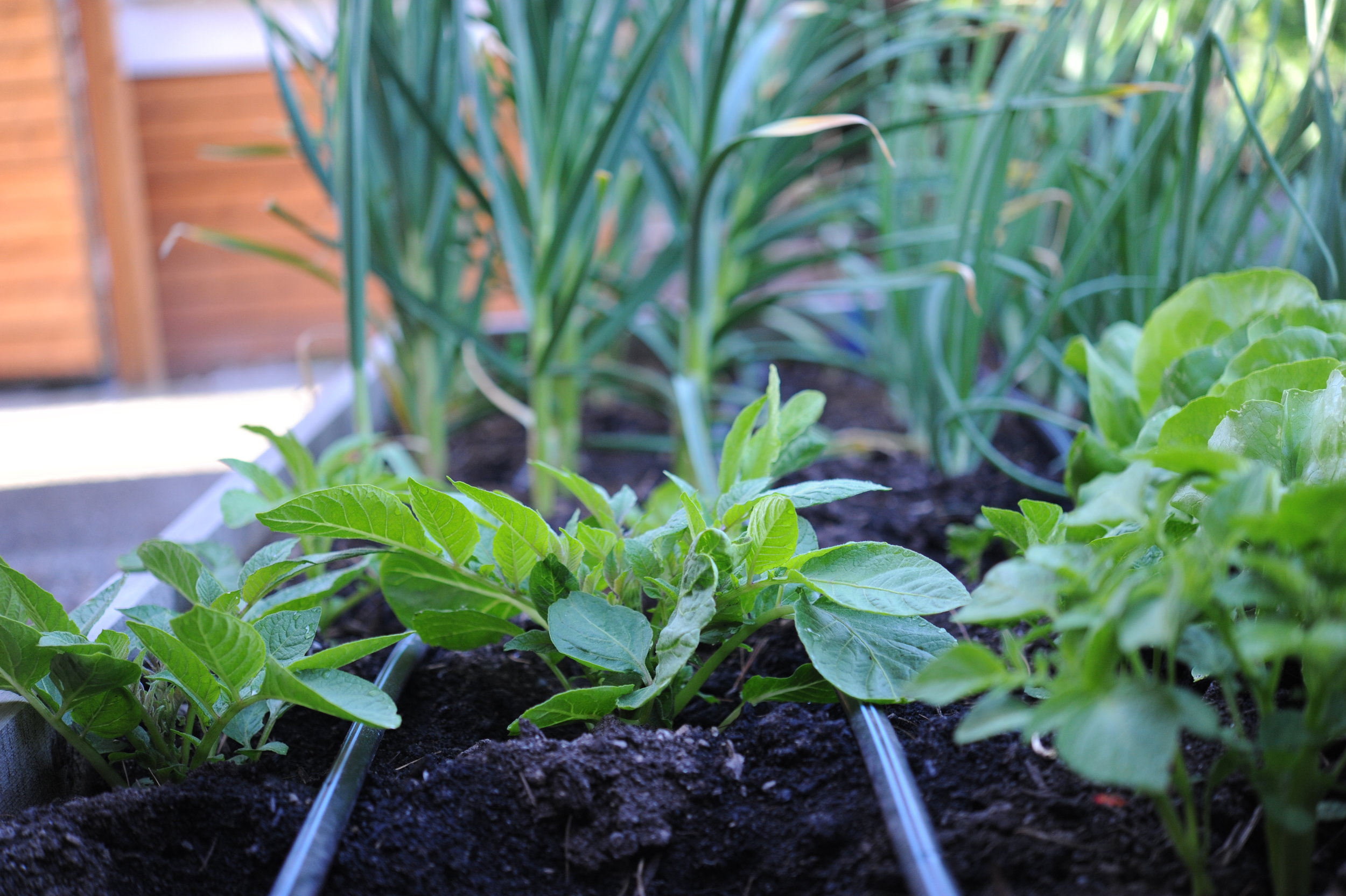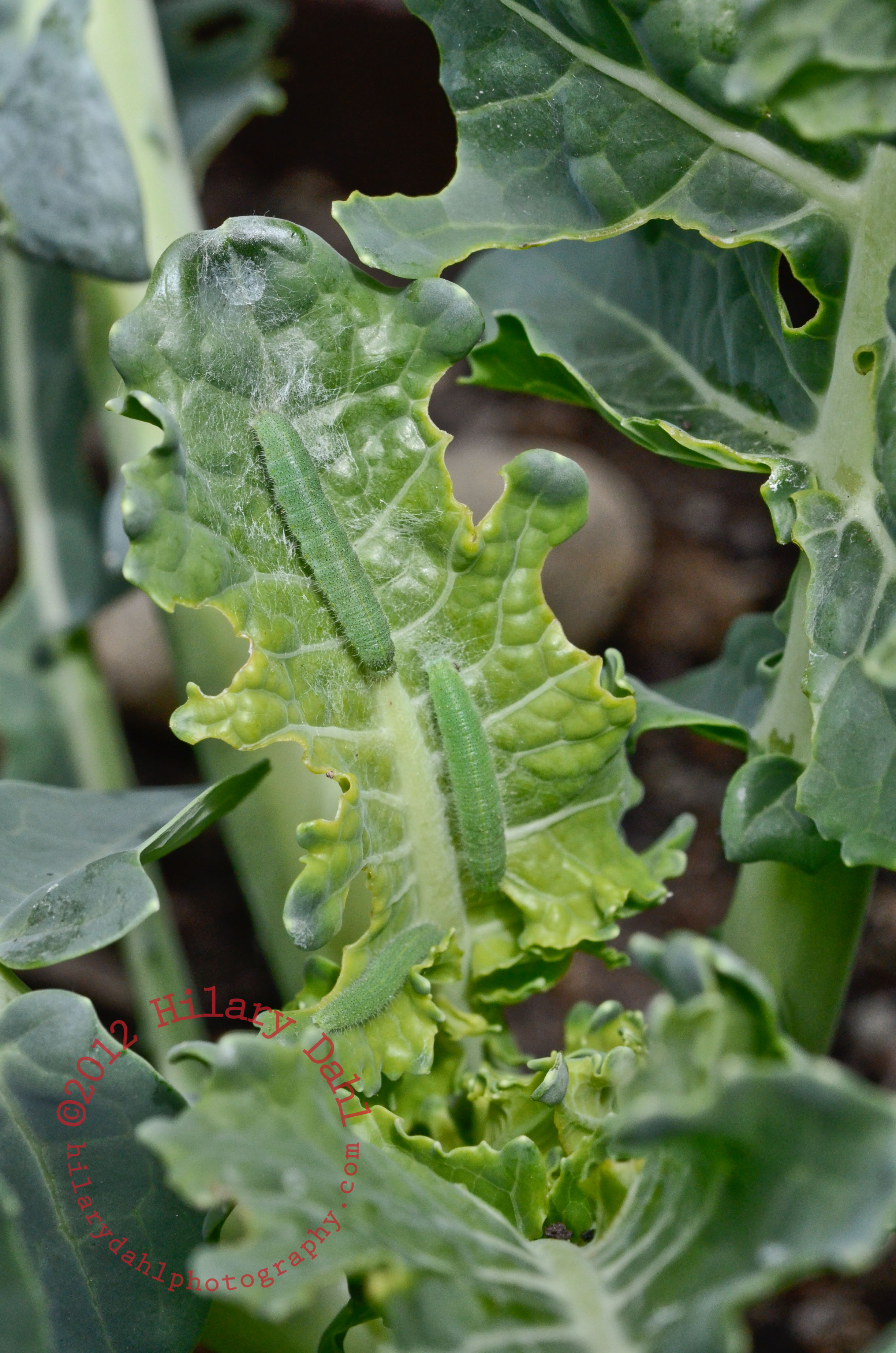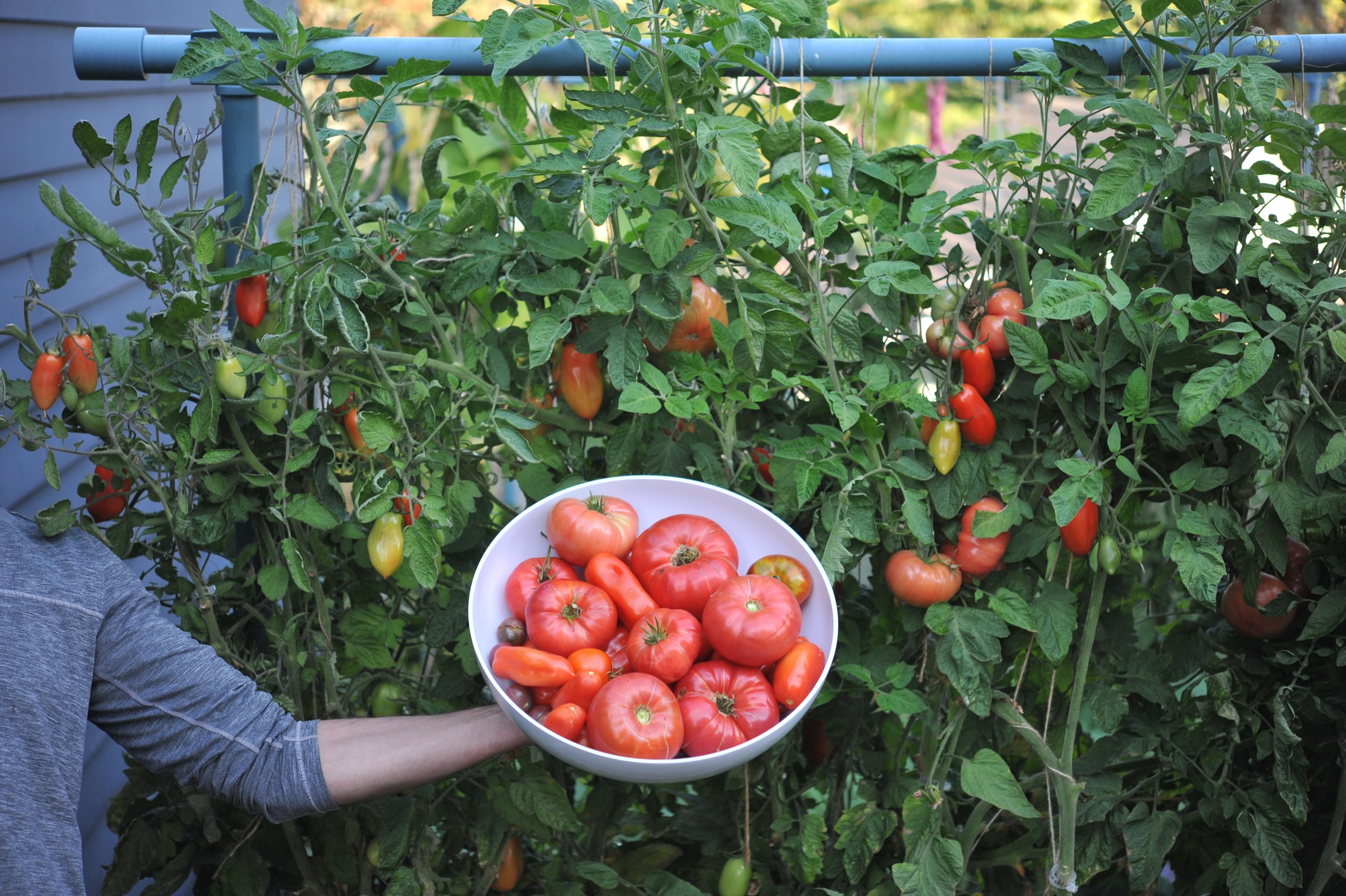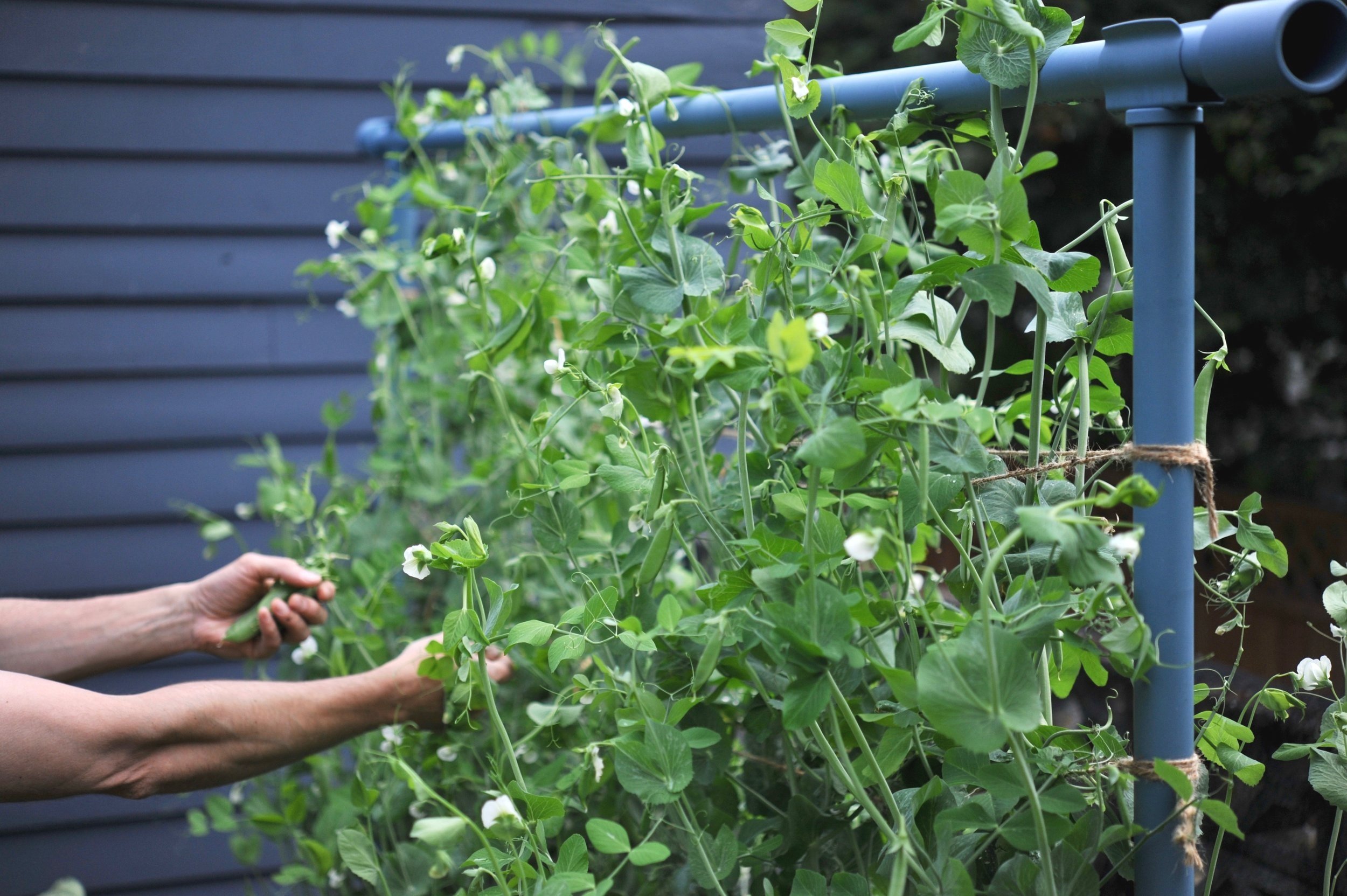It's time for another Q&A episode from our Slack group. This has been a super fun time of year in there because everyone is sharing pictures of their plantings and swapping lots of advice and questions and answers. This episode we’ll cover a wide range of topics from tomato pruning, to a refresher on how potatoes grow, to drip irrigation. Tune in because this one is packed with useful tips!
HOW TO LISTEN:
Listen right now in your browser by clicking above.
Subscribe in iTunes (or your favorite podcast player) to have our podcasts sent directly to your device.
SHOW NOTES:
In this episode, we discuss:
A little bit about pruning tomatoes...more to come in another episode!
Hilling potatoes
Drip irrigation timing
Growing cauliflower
Imported cabbage worms
Important Take-aways:
Tomato pruning: This is one of the topics that there are many varying opinions on, but we tend to prune our plants down to 2-3 "leaders"- those are the main branches. These leaders come from those "crotch" pieces, so they're popping up all of the time. Once the plant is about 2 feet tall, choose 2-3 "leaders" that are about 1 foot from the ground. Eventually you'll remove all of the foliage between those leaders and the ground (so you just have a bare stem below your leaders). We'll get into more of this on the podcast, but at least you can start with this here!”
Potato hilling: Just for a refresher, potatoes are like their tomato cousins in that they have root hairs along the plant's main stem. In the case of a potato, those root hairs have the ability to make more potatoes. Because of this, people will mound soil up around a potato plants stem to increase their yield of tubers. So, why you wouldn't just bury the seed potato much deeper in the ground? Because the seed potato doesn't have an infinite store of energy and so the plant needs to photosynthesis in order to grow. Simply put, if you planted your seed potatoes 2 feet underground, the plant would most likely sprout, but it would probably run out of energy before the stem reached the surface of the soil and wouldn't have any energy to then go and form potatoes. So, back to hilling- Typically people will hill up their potatoes 2 times. Once when the plants are around 8-10 inches tall, and then again a few weeks later. The second hilling may only be a few inches of soil or some people use straw mulch.
Drip irrigation timing: Start slow with a set schedule, and then monitor the moisture level of your soil by digging down a few inches. You want the soil to be moist under the surface, but not so saturated that the surface of the soil never dries out. We use this DIG model for most of our single-zone vegetable garden drip-systems. It's incredible simple to use and will last for years if pulled inside for the winter.
Garden gnats: Fungal gnats, which breed at the surface of the soil, so in order to get rid of them, you’ll want to let the surface of the soil dry out and cultivate regularly. Watering more deeply and less frequently, and this should help! In general though, gnats are not usually going to disturb your plantings, but they are annoying company in the garden.
Cauliflower tips: First of all, cauliflower is a tough crop to grow! It loves to button-up (put on a super small head) and bolts really quickly. One tricky part of growing cauliflower and broccoli is knowing when to harvest it.
Imported cabbage worms: If you’re finding lots of holes in your brassica leaves, it’s likely that you have some sort of cabbage worm. If you notice the damage early enough and can spot the worms, picking them off of your plants is a very effective way to get rid of them. If the cabbage worm damage looks like it’s starting to effect the overall health of the plant, I'd pull those plants and put them directly into the compost or yard waste- or just get them out of the garden, rework the soil, and then replant in a new location! Keep a close eye on your next round of brassicas and search for cabbage worms at the first sign of damage!
If hand-picking isn't working, spraying OMRI listed Spinosad will kill the existing worms and help make the environment inhospitable for new hatching larvae.
Like what you hear? Please share our podcast with a friend. Subscribe on iTunes or your favorite podcast player so you never miss a beat. And we'd really appreciate you showing us some love by leaving a rating and review on iTunes.
Have a topic you'd like see us dig in to? Leave us a note in the comment section below or #EBpodcast on Instagram and Twitter!
We need your support to keep make fresh, quality weekly content! Support us here:


